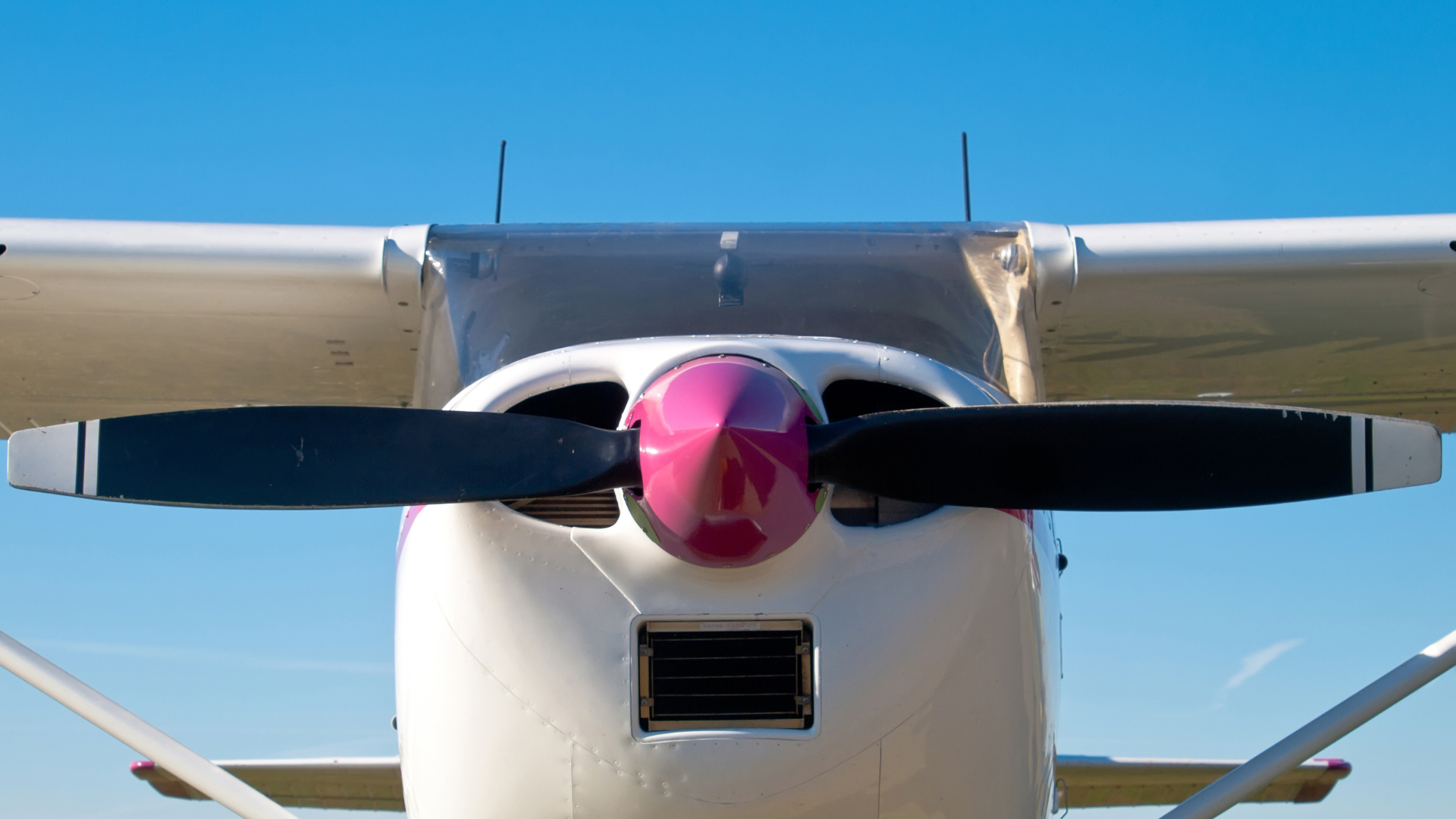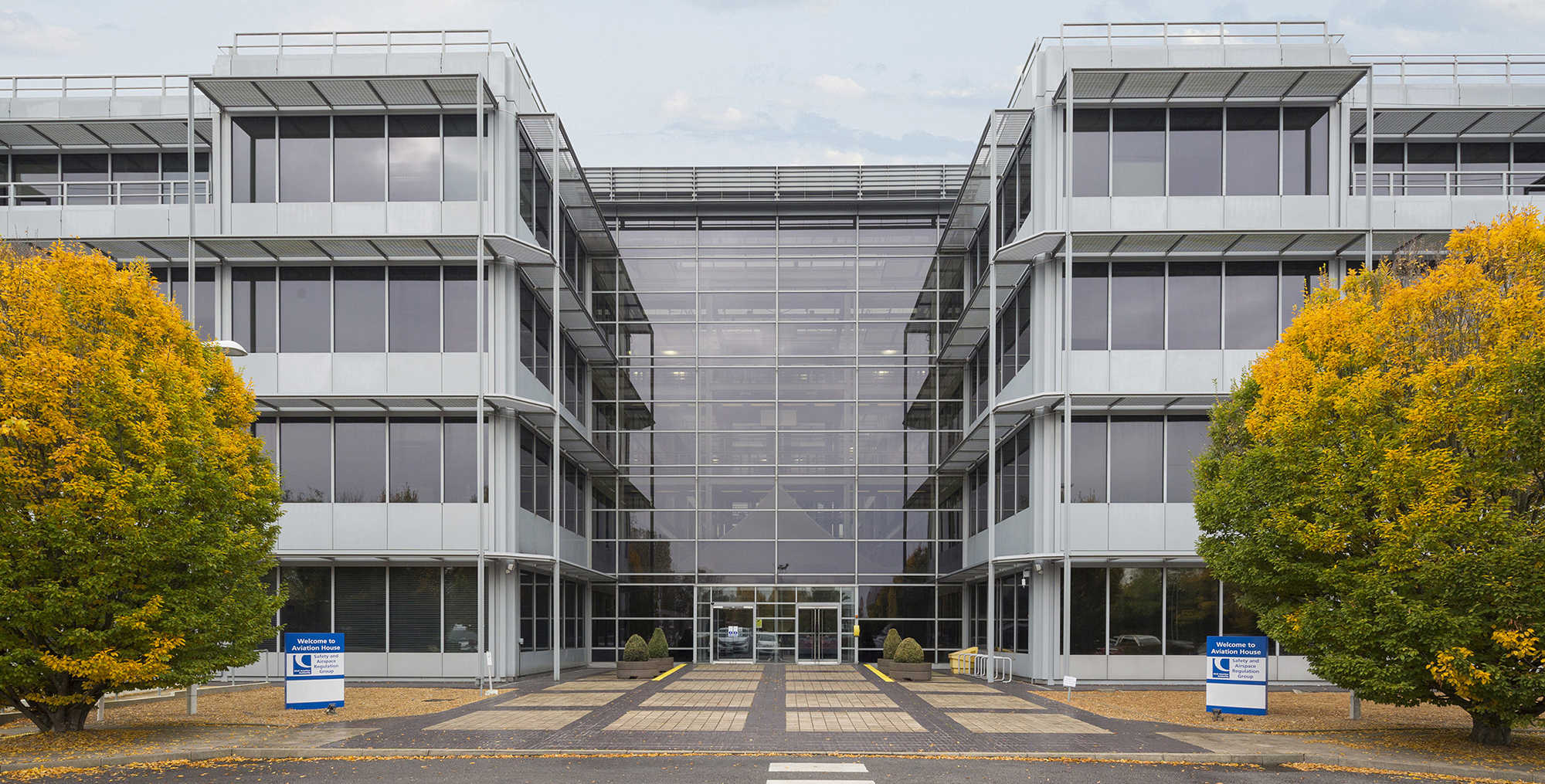At a glance
- Safety in light aircraft could be improved following new proposals on carbon monoxide detectors.
- Plans could require active carbon monoxide detectors in some piston engine aircraft.
- Follows on from extensive work undertaken by the UK Civil Aviation Authority in the last three years to raise general aviation pilots’ awareness of carbon monoxide.
The safety of people flying in light aircraft could increase following new proposals put forward by the UK Civil Aviation Authority to require active carbon monoxide (CO) detectors to be carried on some piston-engine aircraft.

Proposals set out in a consultation today by the regulator are integral to understanding what may be holding pilots back from using this potentially lifesaving equipment, and whether the UK Civil Aviation Authority should be doing more to encourage its adoption.
A 2020 Air Accidents Investigation Branch (AAIB) review of UK accidents and incidents since 2000 identified two fatal accidents, each with two fatalities, and fifteen other events where carbon monoxide may have been a causal factor.
Carbon monoxide poisoning is a potential danger to pilots and passengers of piston engine aircraft, as the colourless, odourless gas can seep into the cockpit and cause incapacitation with little or no warning.
Michael Macdonald, Head of General Aviation, at the UK Civil Aviation Authority said:
“Plenty of pilots will already have an active carbon monoxide detector in their home but may not have thought that one could be beneficial in their aircraft.
“As recent accidents have shown, carbon monoxide entering from aircraft heating systems is a risk to pilots and passengers, but one that can be mitigated with a cheap and easily available bit of kit.
“This consultation on active carbon monoxide detectors is about gathering feedback and evidence to understand what may be holding pilots back from using this potentially lifesaving equipment and whether we, as the regulator, should be doing more to encourage its adoption.”
The UK Civil Aviation Authority consultation focuses on the main barriers pilots face in obtaining an active carbon monoxide detector, the role that maintenance plays in combatting CO, the importance of protecting passengers, and whether active detectors ought to be required for some operations.
The UK Civil Aviation Authority has been actively engaged on the topic of carbon monoxide in general aviation over the last three years and has undertaken multiple initiatives to raise general aviation pilot awareness of CO as well as the various prevention and detection measures that can be taken to mitigate the risk.
A key focus has been on commercial off the shelf carbon monoxide detectors with alerting capability, which can provide low-cost, effective carbon monoxide detection in piston engine aircraft.
The consultation will be open for four weeks and will close on the 20 March 2024.
Notes to editors
- Carbon monoxide has been cited as a causal factor in multiple general aviation accidents globally, yet often aircraft are not equipped with adequate detection systems.
- The UK Civil Aviation Authority is the UK’s aviation regulator. We work so that the aviation industry meets the highest safety standards and consumers have choice, value for money, are protected and treated fairly when they fly.
- Responses to this consultation should be submitted via our online consultation: Carbon Monoxide in Piston Engine Aircraft - Civil Aviation Authority - Citizen Space (caa.co.uk)


Provide page feedback
Please enter your comments below, or use our usual service contacts if a specific matter requires an answer.
Fields marked with an asterisk (*) are required.